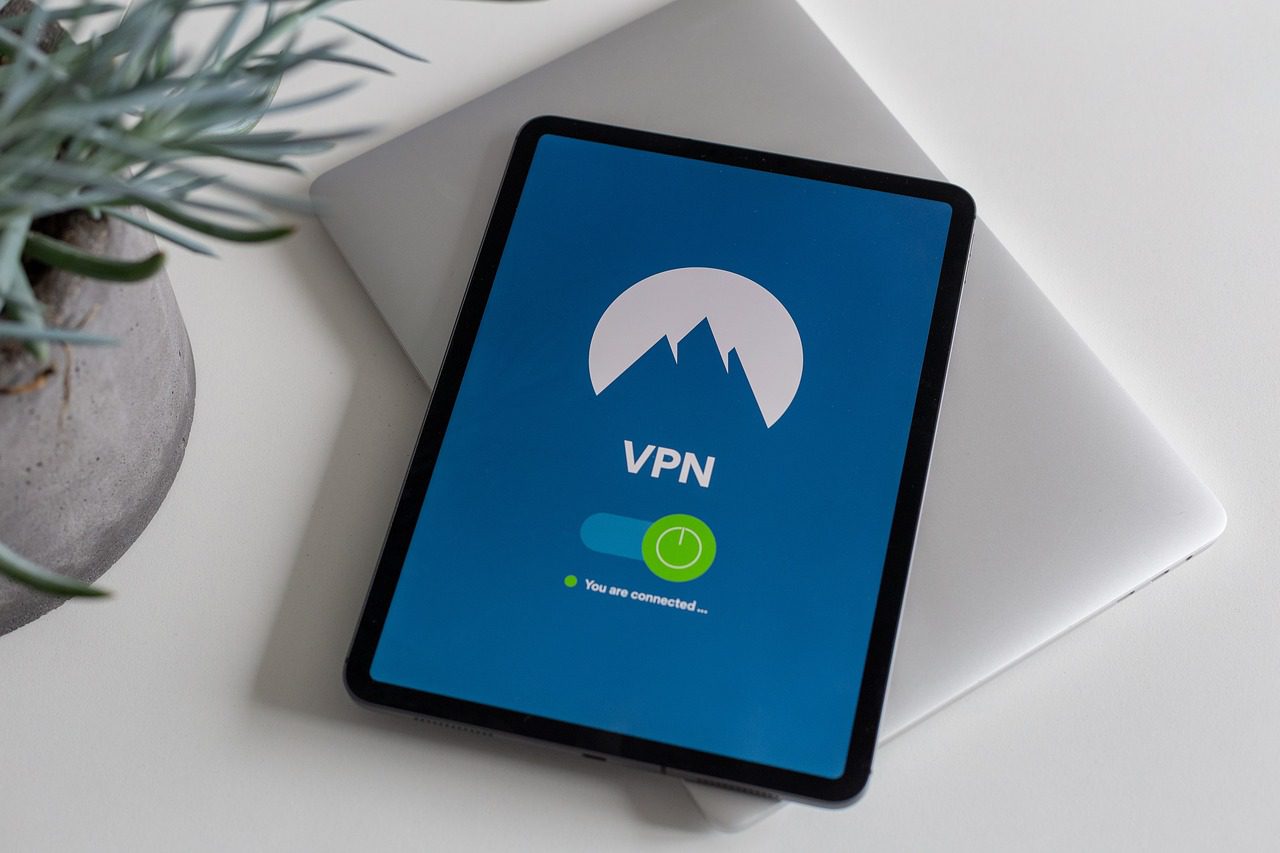The internet has been here for decades, and since its invention, the internet has helped to connect people worldwide. Due to the internet, now the world is virtually a small village. Communication is instant, and access to information is relatively quick.Everyone uses...
How Is VPN Changing The Way Everyone Uses The Internet
Continue Reading










